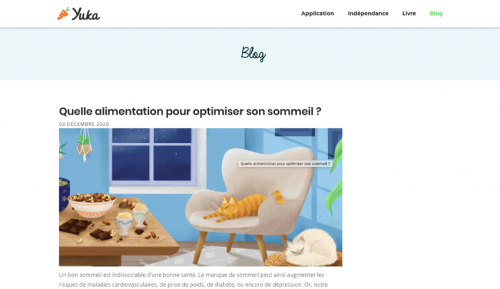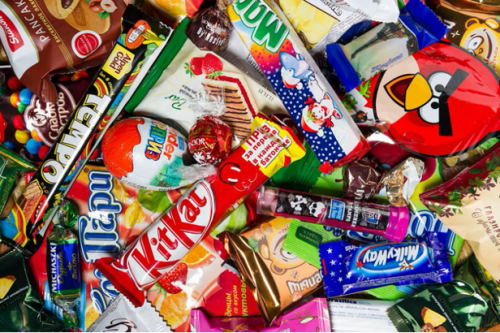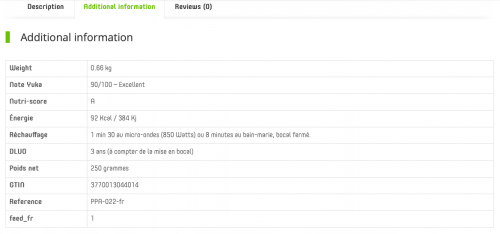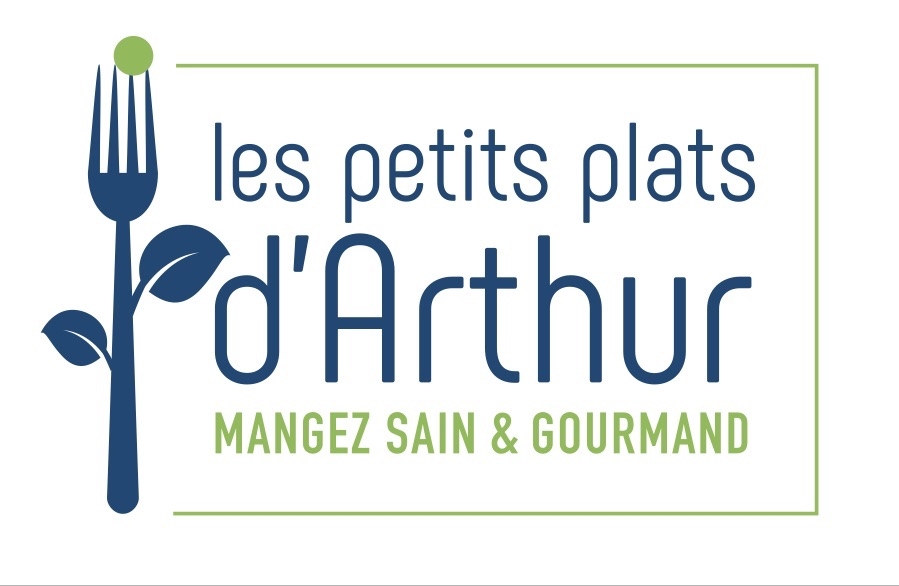
The mobile application for IOS and Android, Yuka, was created at the initiative of Yuca SAS. It enables the scanning of food and cosmetic products in order to obtain detailed information on the impact of the product on health. Its objectives are therefore to help the consumer to choose products considered better for health but also, indirectly, to encourage manufacturers to improve the composition of their products.
Today since October, 6.5 million users use the application 15.5 million times each month.
How does it work?
The application is very easy to use. Just scan the barcode of the product with your phone to instantly access the product sheet with the composition details. Yuka then returns a score to the consumer: excellent = between 75 and 100, good = between 50 and 74, mediocre = between 25 and 49 and finally bad = <25. In order to make things more readable, the application also assigns a color code that goes from green to red. When the product happens to be in orange or red, it is possible to fall cut across to similar products recommended by Yuka and which are of better composition.

But then what are the rating criteria?
For food products, there are 3 criteria according to the 60 x 30 x 10 rule.
First of all, there is the nutritional quality of the product (energy, saturated fats, sugars, salt, fruits and vegetables, fiber and protein) which is evaluated using the Nutriscore. This part represents 60% of the score.
The second criterion takes into account the presence or not of additives known as “at risk” according to the sources of Que Choisir, ANSES, IARC etc. This part represents 30% of the rating.
Finally, the application gives importance to the organic label which represents 10% of the final score.
But these are not the only criteria… The level of risk is also taken into account according to the health effects of endocrine disruptors (molecule that mimes the action of a hormone which disrupts the normal functioning of the organism), carcinogens, allergens etc…
If an ingredient is controversial, the product is automatically assigned a malus.
The application is also equipped with additional features that are not free of charge, such as being able to scan the product without the internet, find a product in the search bar without having to scan it, unlimited history (30 days for the free version) or the addition of personal alerts.
The positive points of the application
The first is surely the simplicity of the application. It is possible to know the composition of a product in a few seconds. The playful side of the color code also allows everyone, young and old, to understand the notation. The proposals of alternatives are also an asset that allows you not to lose time while shopping and is also facilitated by the history.
You can also find the Yuka blog which proposes healthy and varied recipes based on the best rated products of the application. It is also possible to read articles about different topics such as seasonal fruits and vegetables, food packaging etc.
A 10-week nutrition program is also proposed which includes online training and steps to be taken every week as well as 40 recipes validated by a nutritionist. All this for a cost of 59€.

Finally, another positive point of this application is undoubtedly the awakening of consciences among the least scrupulous industrialists.
Under constant pressure of the rating, they are led to constantly reformulate the composition of their products in order to increase their score. Some major groups such as Carrefour, Nestlé and L’Oréal are the first to regularly update their databases themselves. But, according to the co-founder of the application Julie Chapon during an interview for Capital, there is very little risk of falsification by industrialists given the over-mediatization around the application.
What about the negative points?
Despite the many positive points of application, some elements would need to be refined.
Although the application chases away the additives that are harmful to our health, it is difficult to know concretely the effects of those that are still in the study phase. This can take up to 10 years.
For example, the application has for years condemned titanium dioxide, which is frequently found in cosmetic products since it is a whitening agent. At high doses, it can be bad for your health. However, it is mostly used in nano quantities (the equivalent of an atom, a grain of dust) in product packaging (according to Laurence Wittner of the Observatoire des cosmétiques).
What can also be reproached to the application is the lack of consideration of ultra-processed products.

But what is it? Ultra-processed products are products that contain at least one additive or ingredient that is purified, refined or “cosmetic” (used to imitate taste, texture, appearance, etc.). They are at risk insofar as they are calorie-free products that are devoid of protective compounds (fibre, minerals, antioxidants and vitamins), i.e. they do not prevent chronic diseases. They are not very satisfying and hyperglycemic (for more information, please refer to our article on sugar).
An average French adult consumes 36% of ultra-transformed calories per day (which is already a lot according to Anthony FARDET, researcher in preventive nutrition in an interview for Capital) compared to 50% among Anglo-Saxons. These products represent 40 to 50% of the food offer in supermarkets.
Finally, some criteria are only based on a 100g sample, which is therefore not the normal proportion consumed, nor the condemnation of products such as butter or chocolate, which are considered too fatty and sweet even though they are actually major products in terms of meal variation. Moreover, the quality of the product is not taken into account. Thus, the application does not differentiate between “noble” or “reconstituted” meat for example.
What about PPAs in all this?
PPAs are present on the application for 9 of our dishes (except mashed potato with two salmon and Greek vegetables with quinoa, our novelties, which are not yet referenced).
8 of our dishes are listed as excellent. Our all chocolate cake is in “good”, but that is assumed, what wouldn’t we do for the pleasure of eating chocolate, our “Madeleine de Proust” with PPA? 😋 This shows that our products are without additives and preservatives, so really healthy and tasty!
You can confirm this by going to our site and for each dish by clicking on the “additional information” tab of each product.

Our dishes reach 90/100 because they don’t have the organic label yet. Soon we will be at 100/100.
So you can treat yourself with a PPA in complete peace of mind! 🤩🥕🥬

2 thoughts on “What about the reliability of the Yuka application?”